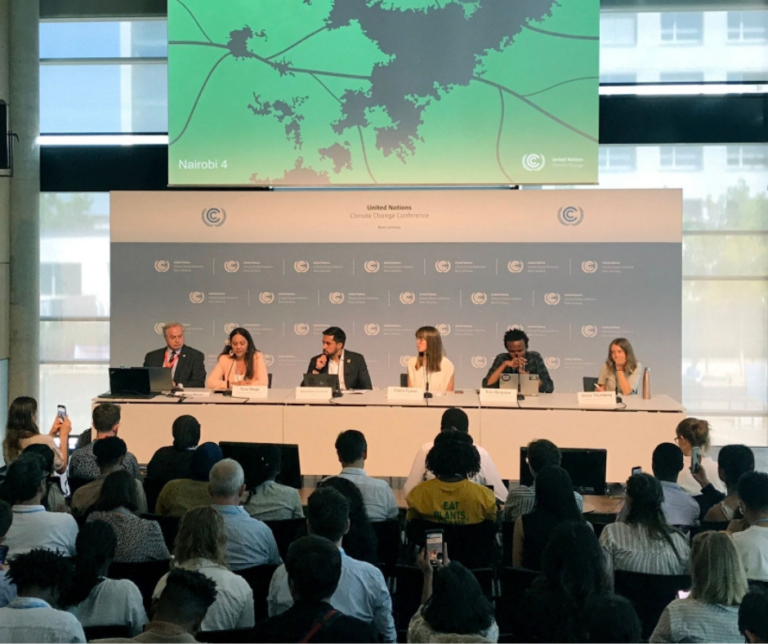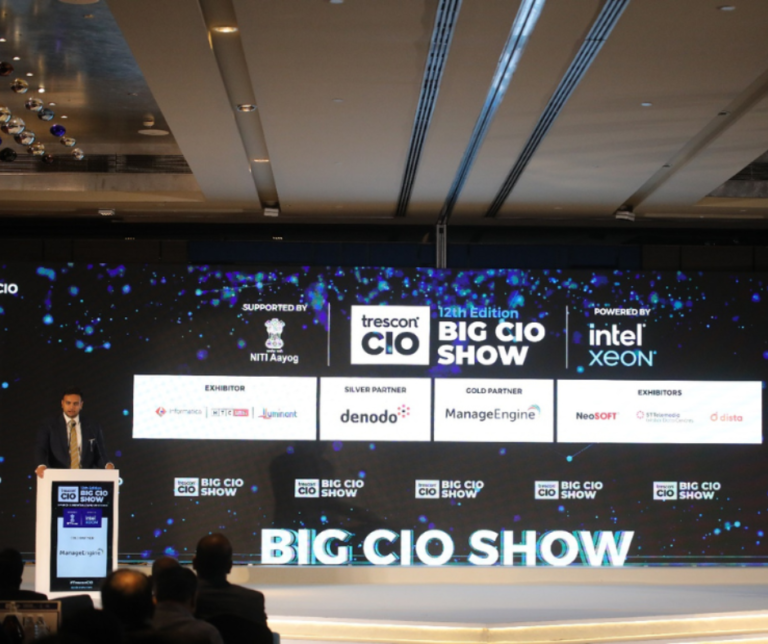
3rd Monthly Column on Digital Transformation Nov 2019
Indian Startup Ecosystem Indian startup ecosystem has presented so far twenty seven Unicorns. But none of them, in true sense, have used any deep dive technology. NASSCOM in one of its recent reports1 has indicated that circa 1,200 Indian startups are engaged in innovative solution designing with applications of deep technology such as AI, ML, IoT, Blockchain, AR and VR. Mr, Jayanth Kolla, founder of a deep tech research and advisory firm, is of the view that these technologies render designed solutions “smart, intuitive, self-reliant, customised and most importantly,continuously improving,” Those are the harbingers of ‘Digital Transformation 2.0’.Interactions with many startups reveal that ‘Startupians’ in India suffer from fear psychosis of failing and burning cash.
The Indian startup ecosystem, unlike in developed countries,hardly provides scope to make mistakes, not to speak of a free and independent environment with incentivisation of mistakes also. They are more driven by the kick of innovation and not ‘innovention’. Some of them are also driven by ‘Me Too Startup’ syndrome. An ‘innoventive’ mind brings in the element of invention, i. e., something distinctively new with people-centric many-in-one solution design. Such unique products can cause ‘destruption’ (destructive disruption) and make competition irrelevant with unique products and the first mover’s advantage.
8 WH Principles of Solution Designing
In the second issue of this column design thinking has been written about. The author seeks readers’ indulgence to introduce his ‘8WH Principles’ that can help designing people centric solutions with unique features of ‘innovention’. This process involves finding answers to the following questions ahead of ever-emerging ground realities of dynamic domestic and international marketplaces:
• What are the latent and unique necessities of stakeholders, society and humanity at large?
• Which solutions are presently available and what gaps are there in meeting users’ present and unforeseen unique requirements?
• Who are the present service providers, target customers and what are their pain points, for which no remedy has been offered so far?
• When the solution for the identified unique problem(s) is to be delivered, updated and upscaled with a sustainable revenue model?
• Where are customers located, for what value and up to where the horizon of marketplace can be extended with or without any variation in solution design?
Learn more from pdf >>>>>>

You and Your MSME Operational and Financial Activism CMA National Convention-2016

Tresscon Big CIO Show Presentation

Trescon Mysis Leveraging Automation for Lending Risk Management in Banks

Transformation from Risk Managing to Risk Enabled Organisation

